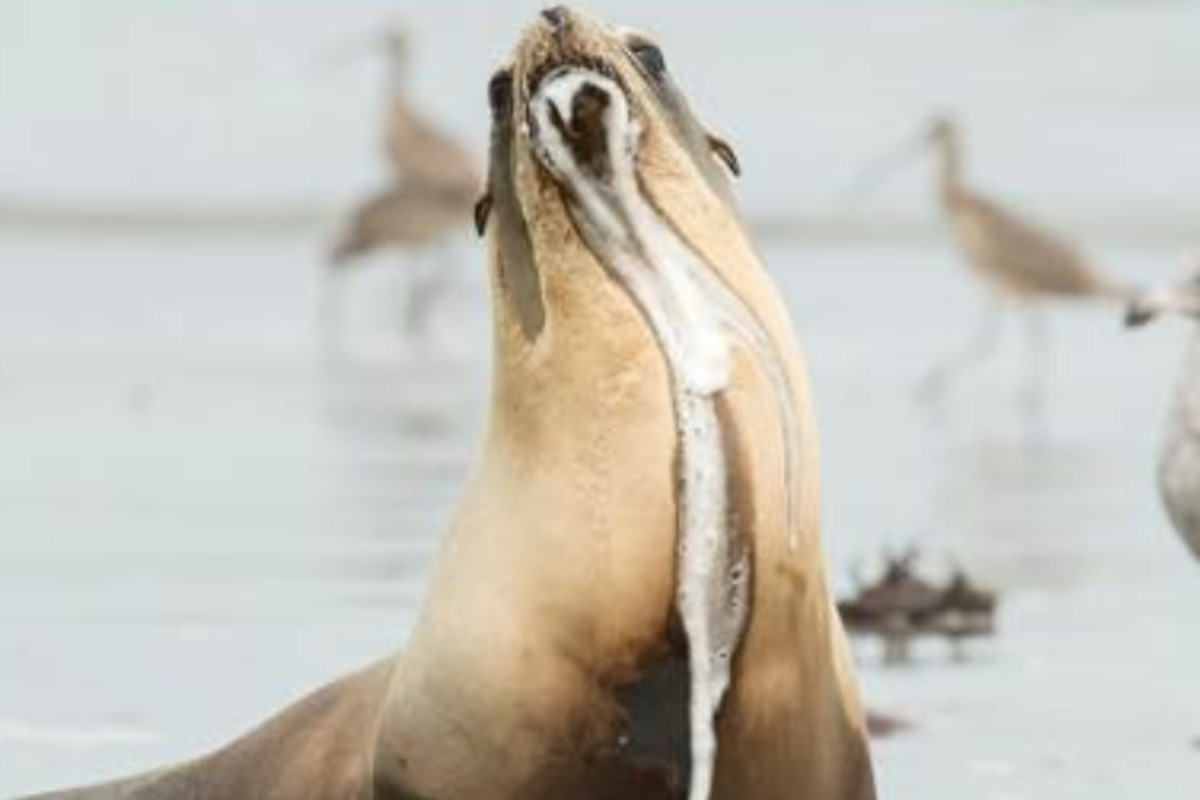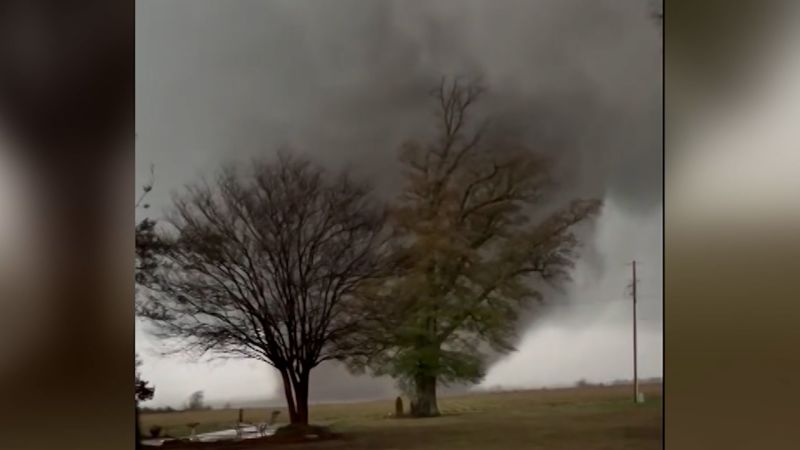
Los Angeles County beaches, including the shores of Hermosa Beach, have become the site of an environmental crisis, with local wildlife officials issuing a public warning about a toxic algae bloom that's hitting marine mammals hard. According to a city post on Hermosa Beach and recent coverage by KTLA, beachgoers are being urged to keep a distance of 50 feet from any stranded marine mammals such as sea lions and dolphins, which are suffering from domoic acid poisoning. This neurotoxin, naturally occurring in algae, has already caused numerous strandings of these sea animals along popular beach spots.
The situation has reached such a critical point that the City of Hermosa Beach took to social media to spread an “Urgent Marine Wildlife Alert” message, imploring the public to immediately call their rescue hotline for any sightings of affected animals. This push for public awareness follows a disturbing incident where a man was arrested for assaulting a sick sea lion in Ventura, underscoring the unforeseen dangers these creatures, and potentially the public, face when domoic acid takes its toll. As reported by Hermosa Beach's official social media, the symptoms in sea lions poisoned by domoic acid range from seizures and disorientation to foaming at the mouth and severe lethargy.

🚨 URGENT MARINE WILDLIFE ALERTDomoic acid toxicosis is affecting marine mammals along our beaches, including Hermosa Beach. KEEP 50 FEET AWAY from any stranded marine mammalsIMMEDIATELY call our rescue hotline: 1-800-39-WHALE (94253) pic.twitter.
com/Ipya7LbWM3— City of Hermosa Beach (@HermosaBchCity) March 18, 2025Experts at the Channel Islands Marina and Wildlife Institute (CIMWI) attribute the proliferation of the toxic algae to a blend of warmer water temperatures and increased nutrients within the coastal ecosystems. These conditions appear to be a recipe for disaster, not just for the marine life, but also for the communities surrounding these affected areas. While filter-feeders like small fish and shellfish may consume the toxic algae without direct harm, the real victims are the predators higher up in the food chain, who become deathly ill from the toxins accumulated in their prey.
"When predators like sea lions, sea birds, and dolphins eat these filter-feeders, they are negatively impacted by the toxin accumulated in their prey," CIMWI explained in details provided to KTLA.Residents and visitors are strongly advised by officials to refrain from interacting with these stranded animals, no matter how docile they may seem. The symptoms displayed by sickened sea lions include stargazing, disorientation, head weaving, mouth foaming, lethargy, erratic behavior, inability to get out of the tidal zone, unresponsiveness, involuntary muscle spasms, and seizures, as outlined in the warning.
If you come across one of these marine mammals in distress, you should keep your distance and instead report the sighting to the CIMWI Rescue Hotline at 805-567-1505, or call the Marine Mammal Care Center rescue hotline at 1-800-39-WHALE (94253)..















